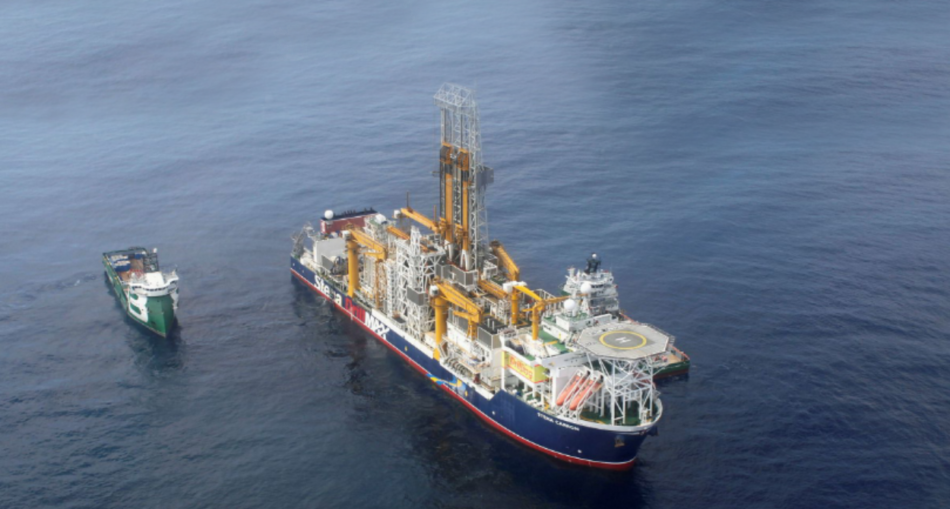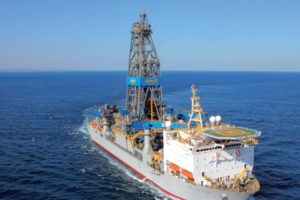The Stena Carron drillship is writing itself into the history books with a string of successful discoveries offshore Guyana, demonstrating its industry-leading performance technology, making it ideal for drilling in dynamic environments such as the 6.6 million acres deepwater Stabroek Block.
Of the 16 ExxonMobil discoveries, offshore Guyana since May 2015, the Stena Carron drilled a number of them, including Pacora, Liza Deep, Longtail, Turbot, Ranger, Snoek, Hammerhead, and Haimara.
The Stena Carron is now also competing in a record-breaking campaign at the Kaieteur Block offshore Guyana where it is spudding the Tanager-1 well, the deepest prospect ever to be drilled offshore Guyana at a depth of 8,000 metres.
The Stena Carron has steered a new Performance Driver System intending to cut down on invisible lost time during drilling operations. A 2018 case study noted that the vessel had been “live” for three months, and positive results were witnessed.
“So far, the Liza-5 well has seen a 23 percent reduction in invisible lost time when compared to the previous Pacora-1 well,” Stena said at the time.
In addition to its Performance Driver System, Stena Drilling has implemented the industry’s first all-OEM Deepwater DNV GL compliant managed pressure drilling (MPD) system providing clients with a new and innovative means of accessing hydrocarbon reserves that were previously deemed un-drillable.
The case study said that all Stena drilling installations are compliant with the internationally recognized certifying authority DNV GL.
“By having this new system compliant with the standards set by DNV GL, Stena Drilling again demonstrated their own desire to conform to the highest quality and industry-leading criteria. The Stena Carron in another industry first, holds the DNV GL DRILL MPD notation.”
According to the case study, the certification process assessed all the components’ roles within the system in an operational environment and the effect on existing systems on board, ensuring that the isolation, redundancy, and safety systems meet all new notations’ standards.
[Extracted and Modified from OilNow]








